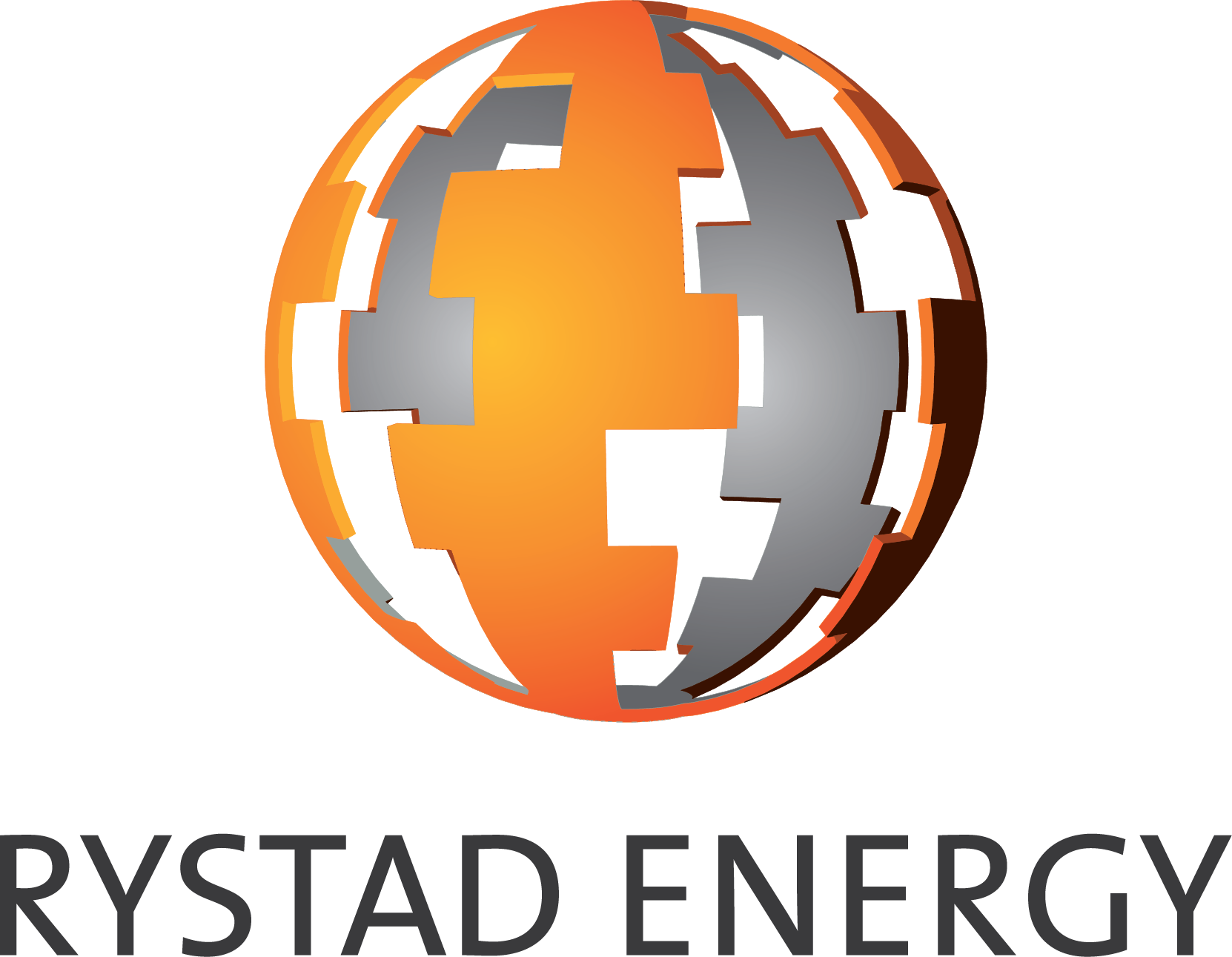BAKU, Azerbaijan, October 12. US efforts to decouple from Chinese supply chains and prioritize domestic oil and gas are creating economic headwinds for the offshore wind sector, says Rystad Energy, Trend reports.
Stop-work orders, tax incentive rollbacks, and rising costs have slowed US offshore wind projects, pushing investors and European developers to reconsider their presence in the country.
Despite these challenges, the agency forecasts that global offshore wind capacity will reach 16 gigawatts (GW) by the end of 2025, largely due to projects already underway. Two-thirds of this capacity is being developed in China, which is projected to account for 45% of the world’s cumulative offshore wind capacity by 2030.
“US renewable energy investments have fallen 36% year-on-year in 2025, while European investments are rising as companies redirect capital,” said Alexander Fløtre, Senior Vice President and Head of Offshore Wind Research at Rystad Energy. Stop-work orders were issued for Orsted’s Rhode Island project and Equinor’s New York development, though Equinor reached a deal lifting the ban, and a federal judge has temporarily reversed the order on Orsted’s Revolution project.
Meanwhile, China continues to expand its offshore wind portfolio. CNOOC’s 1.5 GW Hainan CZ7 project is set to be the company’s first utility-scale offshore wind installation, scheduled for commissioning before 2030. With China offering a favorable business environment and a significant share of turbine platform manufacturing, Western companies remain dependent on Chinese supply chains.
“Creating an alternate, renewables-driven supply chain outside China remains a formidable challenge,” said Andrea Scassola, Vice President of Supply Chain Research at Rystad Energy. Europe is mobilizing to reduce dependence on Chinese imports and strengthen its domestic wind energy supply chain, but the US faces an uphill battle to remain competitive in offshore wind.







